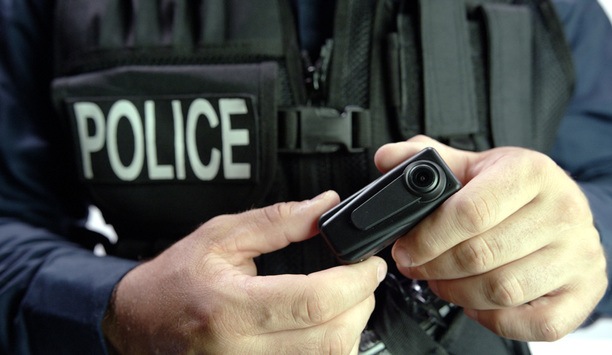Mark Patrick

Mark Patrick
CTO, Digital BarriersMark Patrick is the Chief Technology Officer at Digital Barriers, a position he has held since April 2010. Prior to this he worked at EY and Detica PLC. He graduated from the University of Birmingham in 1989, with a degree in Software Engineering.
Articles by Mark Patrick
Can you imagine what it would be like if you could only look at your CCTV cameras eight hours after an incident, when your security team finish their shift? That is what 99% of current body cameras of...
News mentions
SourceSecurity.com’s most trafficked articles in 2017 reflected changing trends in the market, from facial detection to drones, from deep learning to body worn cameras. Again in 2017, the most w...




































